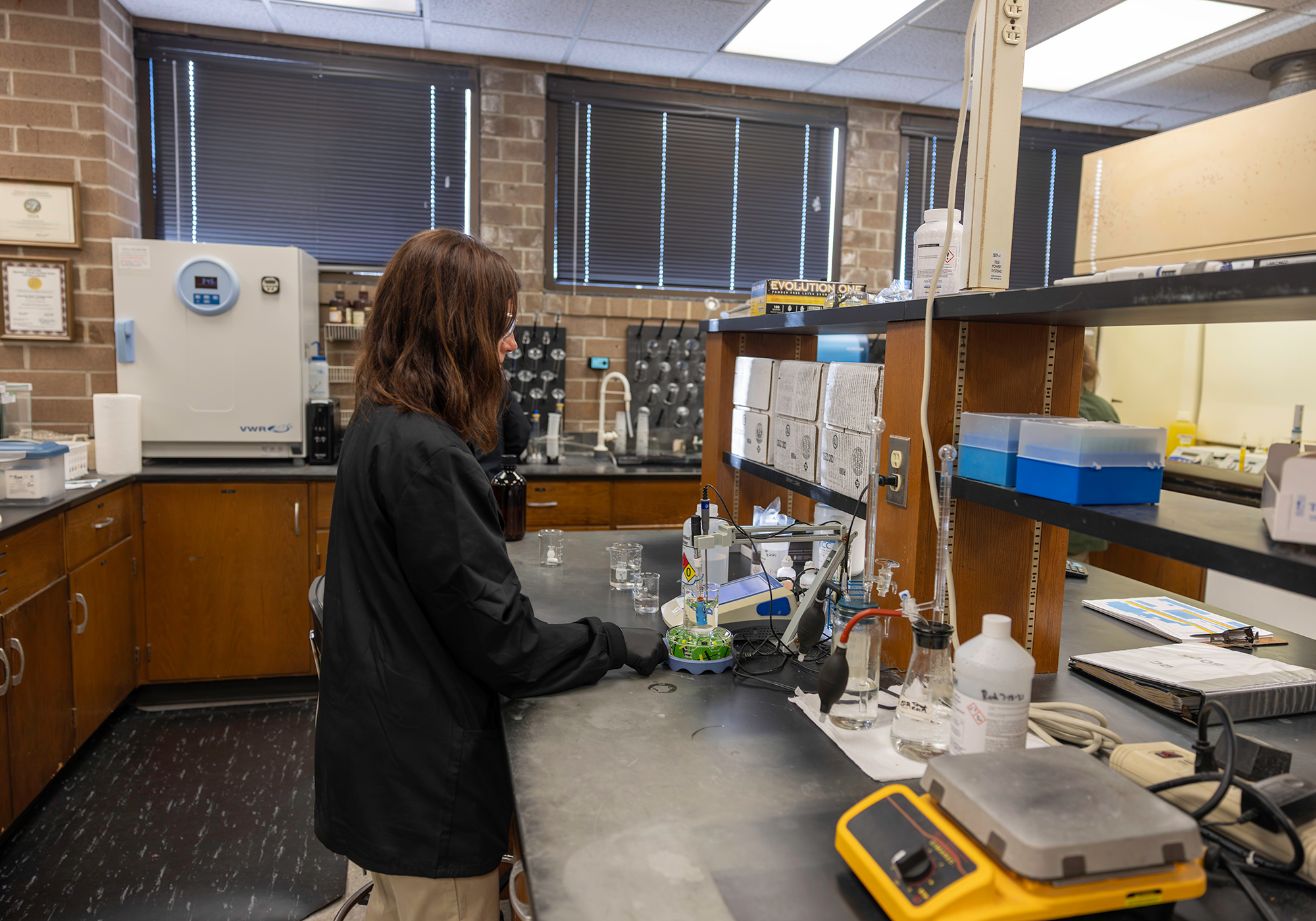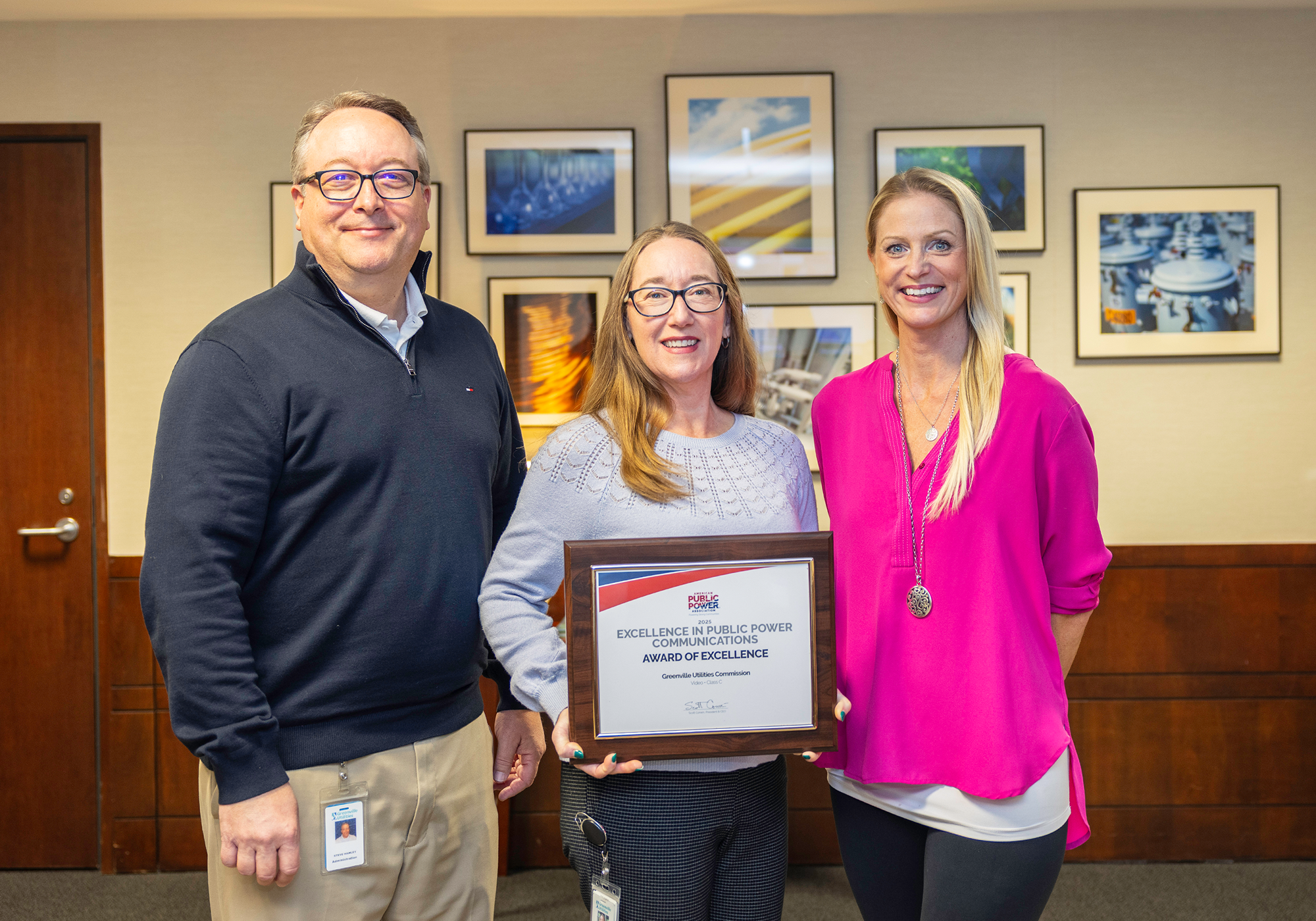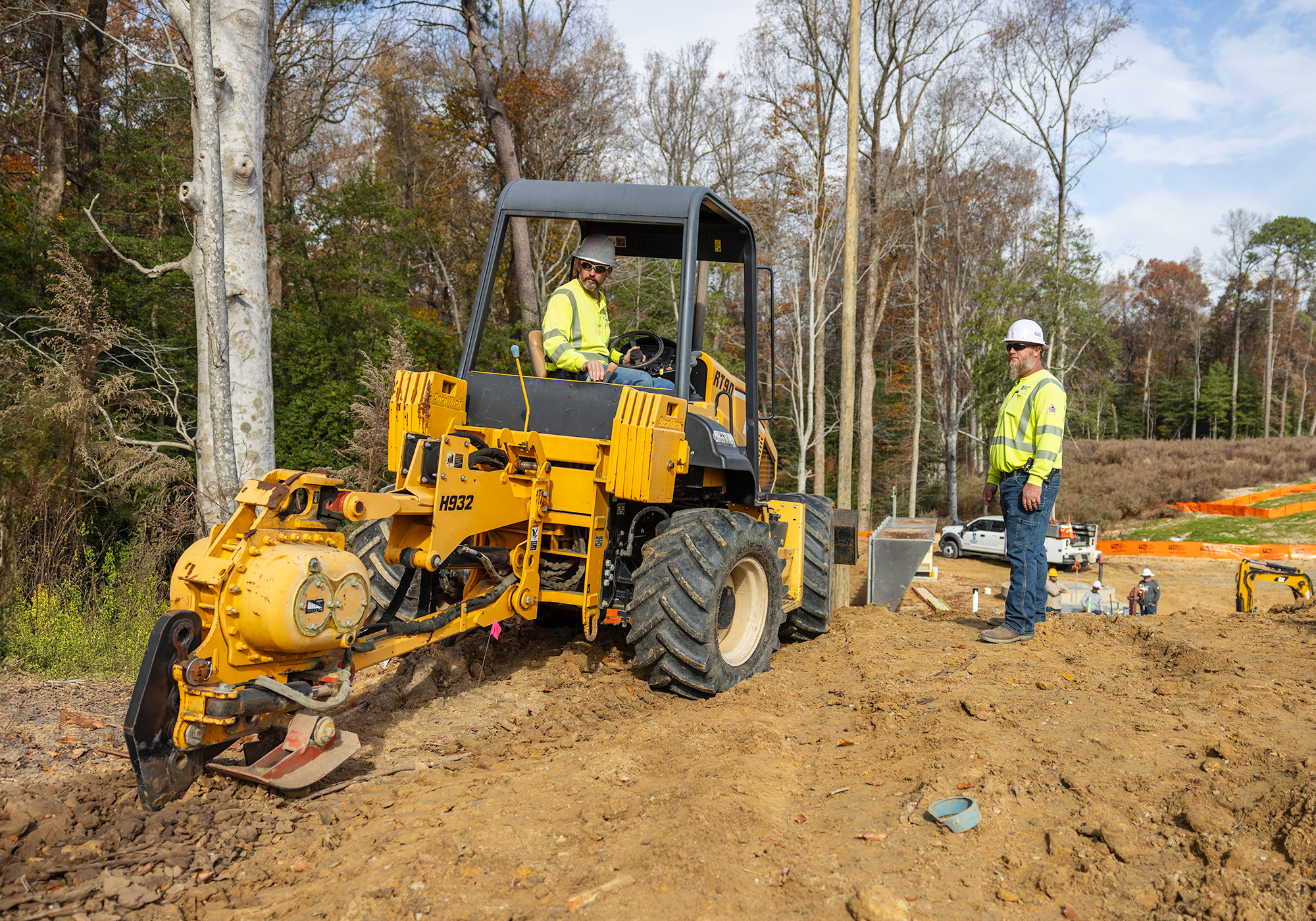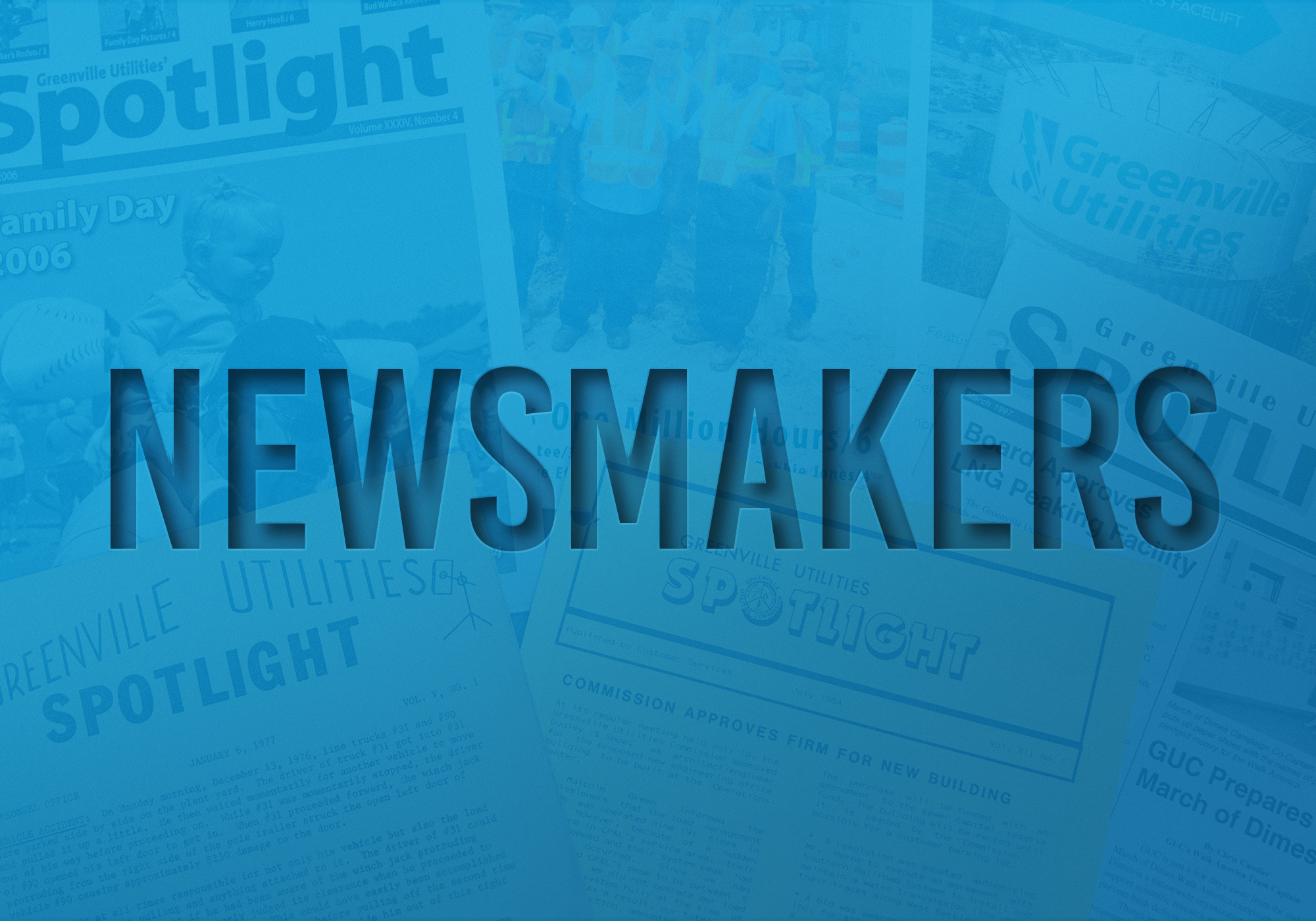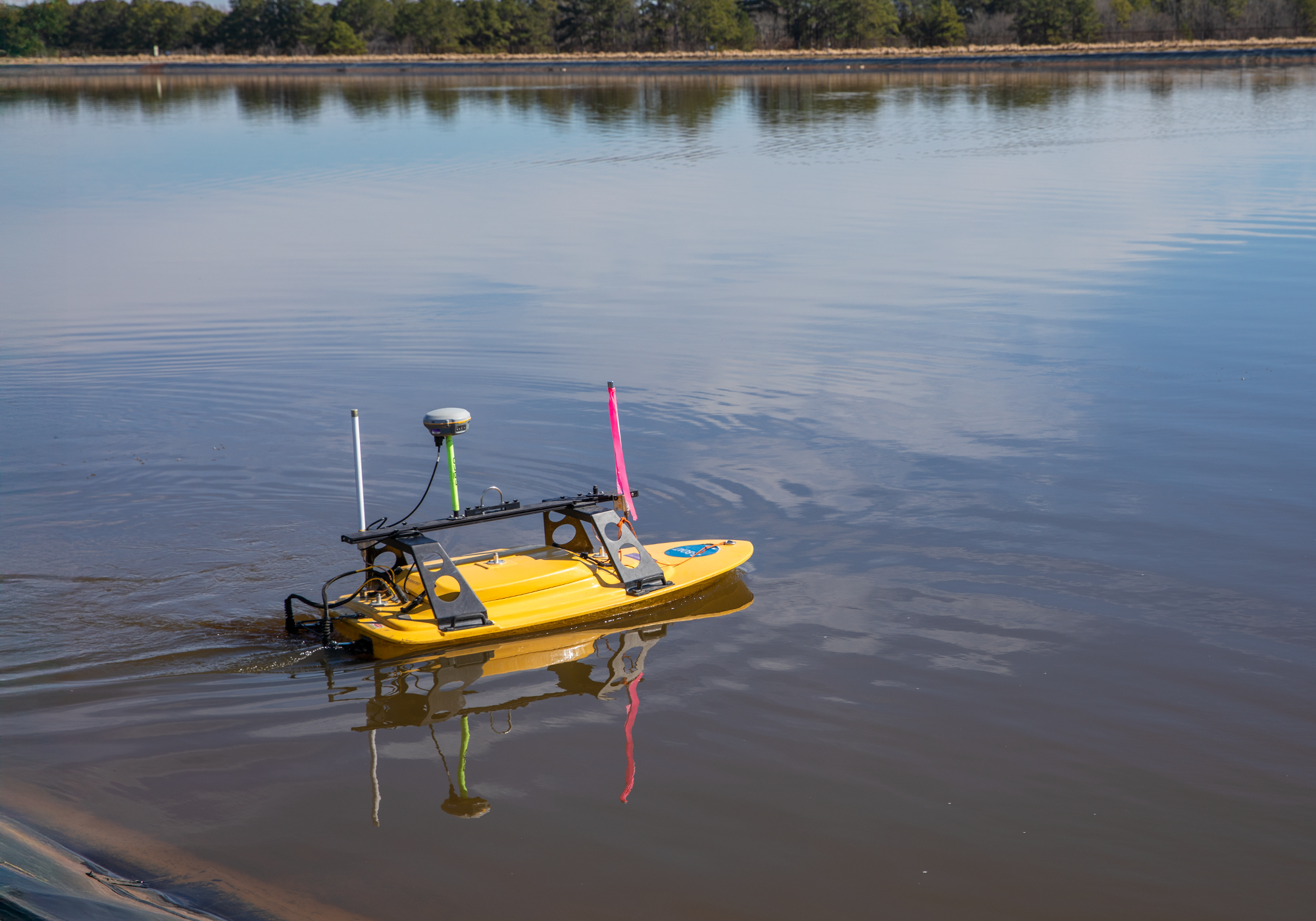
If you happened to be at the Water Treatment Plant (WTP) recently, you would have spotted what looked like a radio-controlled toy boat in the impoundment area. It was, however, a fairly sophisticated remote-controlled vessel that measures the impoundment’s sediment buildup and is a very different approach to the traditional draining of this area.
Turning river water into drinking water begins with bringing water from the Tar River into the WTP's pre-settling impoundment area that resembles a pond. The untreated water settles in this area for four days while heavy solids sink to the bottom. But over time, sediments accumulate in the impoundment and must be removed by dredging.
The Teledyne Oceanscience Z-Boat from contractors McKim & Creed utilized an onboard echosounder to measure sediment buildup. A lower frequency was used to measure the top layer of sediment, while a higher frequency was needed to measure deeper areas of the water. This equipment was able to penetrate the fluid mud and sludge, measuring all the way to the hard bottom. The impoundment is 33 feet in depth, requiring surveying technology of this magnitude that eliminates the time-consuming need to drain this area, as was done in the past.
The last time the impoundment was dredged was in 2016. Water Treatment Facility Manager Julius Patrick said, “We normally check the sediment levels five years after dredging and then every year after that to determine when we need to dredge. This is the first time we used this technology to give a detailed survey of the sediment.”
The survey shows that dredging is not warranted at this time. Julius said that going forward, they'll be able to use this technology every five years along with monthly water quality samples of the impoundment to determine when dredging is necessary.

